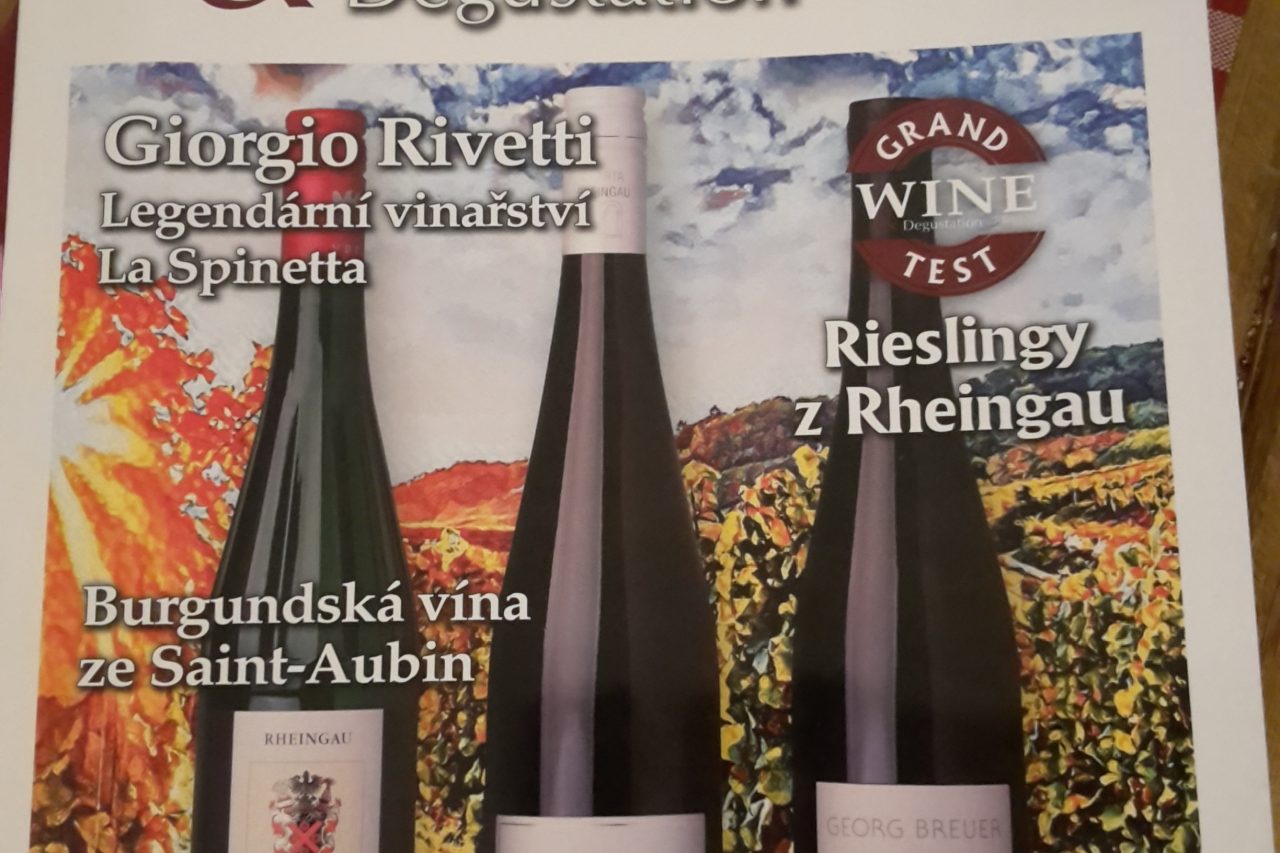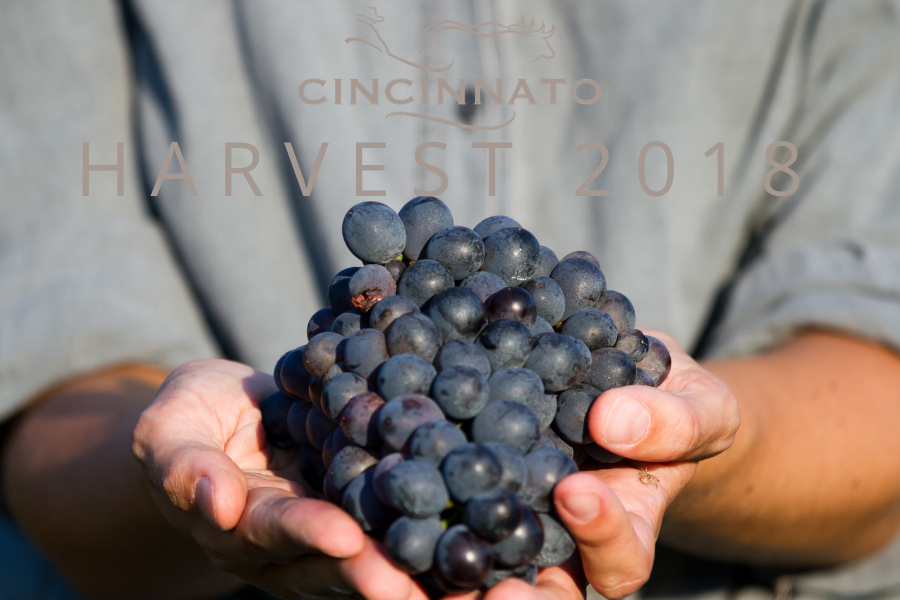Shigeru Hayashi is really important for Italian food and wine promotion in Japan and pairing with the find pairing with japanese cuisine. Shigeru Hayashi has published various books on wine and food culture in the last twenty years. Among the most relevant publication we could mention “Shigeru Hayashi’s ITALIAN wine” and “Italian wine and Japanese cuisine”.
What is more, Mr. Hayashi was the first Japanese sommelier to graduate in Italy (1994), where he lived for several years. In fact, he has been in Italy covering the role of president of Eataly Japan; what is more, he has been awarded several times in the country for his achievement and commitment to the promotion of Italian wine and food.
In conclusion, it is impossible to find a more knowledgeable person than Shigeru Hayashi on the relationship between Italy and Japan with regards of cuisine and wine. It was a pleasure, as well as an honor, to be able to talk to him about the reputation of Italian wine in Japan. It has been the chance to get some tips on how Italians should approach Japanese market and culture.

Mr. Hayashi, which is the reputation of Italian wine in Japan? Are they part of “Made in Italy“, like fashion, or are they considered as part of a niche?
In Japan, there are more than 10,000 Italian restaurants, Italian wines are also known as well as pasta and tomato sauce. But wine consumption in Japan is a niche; in fact, in Japan around 3.5 liters per capita per year, i.e. a tenth of what is recorded in Italy. We can therefore say that the challenge is to develop the market.
Are Japanese consumers paying attention to sustainability also when choosing wine? Are they choosing organic/sustainable wines more than in the past? Is there one definition or certification more considered than others?
The attention for organic production and products also when it comes to wine is growing tremendously, and sustainability is an extension of that. It’s becoming a big wave.
Italy and Japan share, among other things, a millenary culture. Does this also have an effect on the reputation of Italian wine or food products? Is wine a souvenir of trips to Italy?
Italy and Japan are very similar both geographically and climatically. In fact, it is possible to find excellent vegetable production, just as there is an abundant presence of fish on the table and in the kitchen. There is also a common point, the traditional cuisines of the two cultures are basically very simple. It is common for Japanese people to think that if they go to Italy, they will appreciate Italian food and, together, Italian wine.
Can Japanese cuisine be paired with Italian wines? Are you trying to mix local flavors and foreign wines or do they not mix?
Japanese cuisine is almost always based on simple dishes that make the most of the ingredients, for this reason it goes well with equally simple Italian wines, for example without important aging in wood. What is important to underline is that wine is becoming more and more popular among the Japanese as an accompaniment to a meal.
Which Italian regions or areas are best known? Is there a place for Lazio in the Japanese market and how should the producers from this region approach the market?
The best known Italian wines in Japan are Chianti and Soave, which entered the local market first. But, as I said at the beginning, there are more than 10,000 Italian restaurants in Japan and now Tuscan, Piedmontese, Venetian wines and the ones from other regions are already important in the country.
Lazio wines are not yet very well known, but native vines and wines capable of communicating a specific originality have good potential to establish themselves and find space.






